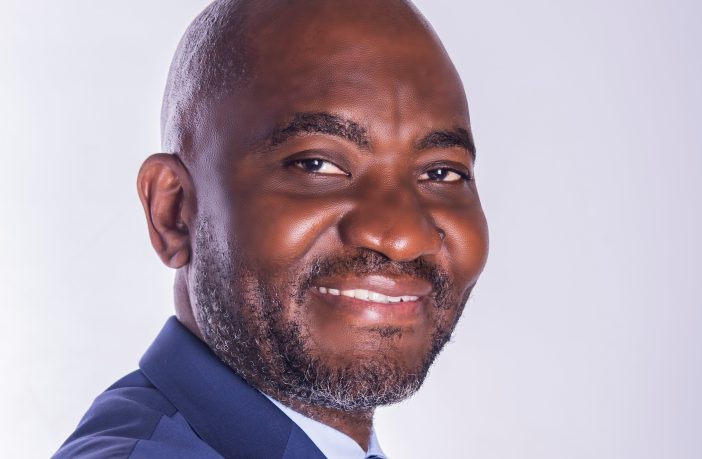Open-Ed
- A briefing on South Africa’s Renewable Energy Independent Power Producer Procurement Programme (REIPPPP) Bid Window 7 was held virtually yesterday.
- The bid window seeks to procure 3200 MW of onshore wind and 1800 MW of solar PV.
- The national energy procurement programme has been plagued by delays and mismanagement since Gwede Mantashe was appointed as the country’s Minister of Mineral Resources and Energy in 2018. Read more
The brief reveals that there are further challenges with the programme which will no doubt cause further pivot to private sector projects by independent power producers (IPP’s). This is something the country’s state owned and state-run energy utility, Eskom, can ill afford. In their 2023 AFS report, they lay blame to the worsening of the country’s energy crisis, where blackouts of up to 10 hours are a daily occurrence, on the IPP Office and their ongoing delays in procuring new generation capacity. Read more
REIPPPP in decline
Only 56 bids were received for the country’s REIPPP Bid Window 6. This marks a dramatic decline in bids by around half compared to Bid Window 5 which was massively oversubscribed, attracting a total of 102 bids. Only five Preferred Bidders with projects totalling 860MW were appointed under the 6th Bid Window of the REIPPPP.
Related news: I was wrong – South Africa’s energy procurement programme is in serious trouble
No wind projects awarded in REIPPPP Bid Window 6. The Department received Onshore Wind bid responses amounting to 4116 MW for the Bid Window 6, all of which are located in the Eastern Cape and Western Cape supply areas. Following the confirmation from Eskom during the evaluation that no grid capacity was available to connect any proposed Onshore Wind projects in these supply areas, the Department could unfortunately not award any of the wind projects up to the allocated 3200 MW under the bid window.
Since then, Mantashe appears to be adding preferred bidders piecemeal without any public announcements. Read more
Grid capacity availability remains a challenge
In October Eskom published its latest Generation Connection Capacity Assessment (GCCA 2025), indicating there to be 19.9 GW of grid-connection capacity available nationally. The GCCA 2025 results show that the generation connection capacity in the Northern Cape, Western Cape, Eastern Cape, and Hydra Central supply areas has been depleted. Supply areas with remaining capacity totalling 19.94 GW are:
- KwaZulu-Natal (5 500 MW);
- Gauteng (4 680 MW);
- Limpopo (3 360 MW);
- Mpumalanga (3 320 MW);
- North West (1 660 MW); and
- the Free State (1 420 MW).
To overcome the feed in capacity constraints in the Eastern and Western Cape provinces, Eskom announced that a curtailment addendum to the GCCA would be published that could unlock 4 GW of connection capacity. Last week Eskom’s head of Transmission, Segomoco Scheppers confirmed that the curtailment framework and GGCP were currently before NERSA, the country’s energy regulator. If this is the case, then NERSA will have to embark on a public participation programme for comment and approval. This could take six months or more.
In early November last year, Eskom provided an update on the grid capacity allocation rules for private off-taker projects. Eskom confirmed that all pending budget quote (BQ) processes in the three Cape provinces have been attended to – of 42 projects totalling 5.1GW, 32 were found to be IGCAR compliant, with 27 collectively allocated 3.2 GW of grid capacity.
The remaining IGCAR compliant projects in the Cape provinces will be issued with cost estimate letters or otherwise allocated grid capacity as and when it becomes available. The relevant Eskom Grid Access Units have since turned to assess pending BQ applications made in the remaining areas falling outside the Cape provinces. Thus far, only 8 of the 44 projects have been found to be IGCAR compliant, with additional information requested from the remainder of the projects. Read more
The latest GGCP attempts to regulate the imbalance by implementing alternating cycles of procurement by providing grid capacity allocation between public and private off-taker projects, with grid cost estimate letters issued by Eskom, to each specific programme.
Related news: Eskom relaxes some of their grid capacity allocation rules ending IPP court challenge
This is one of the few levers government currently has to slow private off-taker projects and it would explain unofficial reports that of late, where grid cost estimate letter applications made by IPP’s with private off-taker projects in geographical locations where grid feed in capacity exists, have been declined or the outcome is under extended delay.
Main takeaways from REIPPPP BW7 brief
- Bidders are required to submit an Eskom issued cost estimate letter (CEL) to validate that they have approved grid allocation at a feed in point plus a valid budget quote in their bid submission. Previously only a CEL sufficed.
- The deadline for the application to Eskom for CELs is 31st January 2024.
- A drop in government debt cover (sovereign debt) from 100% to 80% should Eskom default on power purchase agreements. Treasury has previously stated that it is considering pulling all debt cover in future REIPPPP bid windows. Read more
- 49% local equity ownership is required for all project bids.
- Project capacity parameters are set at between 50 MW and 240 MW for wind and solar project bidders.
- Bidders who have failed to reach financial close in REIPPPP Bid Window 5 and the Risk Mitigation IPP procurement programme forfeit their grid capacity allocation to new bidders. Eskom recently pulled grid capacity allocation for three Kapowership SA floating gas power projects totalling 1220MW. Read more
- REIPPPP Bid Window BW8 which seeks to procure an additional 5000 MW of wind and solar power may be launched by the end of Q1 2024. An additional battery storage bid window (3) designed to procure 616MW may follow the recent launch of the Bid Window 2 of the battery energy storage IPP procurement programme which seeks to procure 615MW, in the same period.
- Bidders that fail to be awarded preferred bidders’ status will be placed in reserve bids category, which the IPPO will turn to if any preferred bidder fails to finical close within the stipulated timeframe. No details provided on how this will be applied.
- Black ownership and local content will not be a qualifying criteria, instead the price will make up 90% of the evaluation and economic development 10%.
- Deadline for bid submissions is 30 April 2024.
- Bid evaluations are expected to take three months while bid winners are given 6 months to reach financial and legal close plus 24 months to construction their project and start feeding electrons into the grid.
I would advise any IPP not to participate. The South African government has functioned as a one-party dominant democracy under the African National Congress (ANC) which has enabled political elites to accrue tremendous power, wealth, and influence through corruption, patronage, and clientelism. Currently, there are growing fears that South Africa is teetering on the brink of state collapse and a debt crisis. The country’s treasury has issued a stern warning: The South African government cannot spend itself into prosperity. Read more
Related news: South Africa’s electricity crisis – A call for privatisation and a brighter future
The country also faces a general election in May which will likely see the country governed by a coalition government which has had disastrous results at a municipal level. With such uncertainty, IPP’s may want to adopt a ‘wait and see’ stance until after the general elections in 2024.
If you do decide to participate, good luck!
Author: Bryan Groenendaal
















